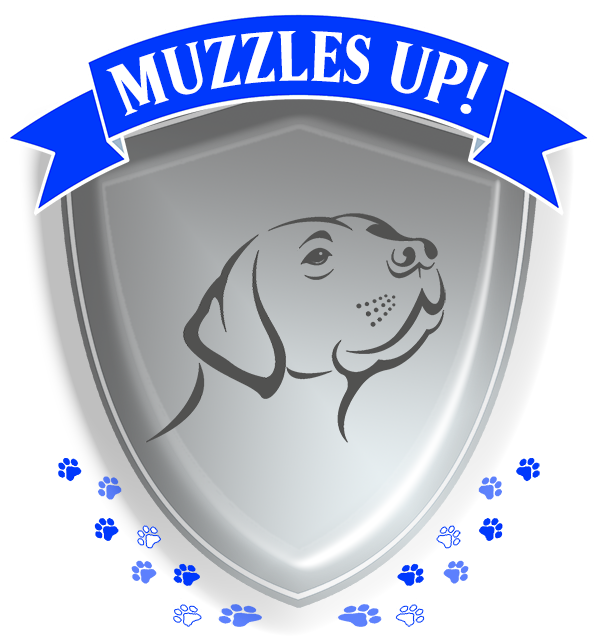Basic CUes and Behaviors
While I tailor my training to suit your lifestyle and needs, there are a few basics we always work on for a multitude of reasons. These help raise a good companion dog with polite manners in any situation.
You might hear me say, “reward the good - ignore the bad,” or “always give a ‘Yes!’ instead of a “no!’” This does not mean you can never say the word “no”... I don’t necessarily believe that. Sometimes our instincts kick in when they’re doing something that could injure them or destroy something and we vocalize panic, and it’s just a reaction. But after that initial reaction, we should always have a behavior substitute to help our dog learn to make the right choices. The word “no” can’t mean more than one thing. That’s confusing. This is where the terms “leave it,” “wait,” “off,” and other such cues come into play.
Every behavior is a need or feeling your dog is trying to communicate. It’s our job to determine what the feeling or need is, and how to guide them through it. If we don’t want them to do something, we pick a behavior we DO want them to do, lead them to that, and reward them. For example: don’t want them jumping on you? Determine why they are jumping. Attention seeking? Then we need to consider an alternative behavior. Perhaps ask them to sit instead, or to bump your leg with their nose…just something more polite, but that gives them a way to get the result they are asking for when jumping.
On the next page is a list of cues, behaviors, and activities we’ll be working on throughout the course of our training. We’ll learn them in our lessons, but if you have any questions while practicing or need reminders or a walkthrough on how we did something, please don’t hesitate to text or email me.
We will first work on these with no distractions and gradually build to working on them with heavy distractions:
Body Handling
Name Game
Collar Grab
Share
Watch Me
Four on the Floor (Off)
Loose Leash Walking
Off-Leash Heel
Come When Called
Sit
Down
Wait for Resource
Stay
Take It
A daily practice resource I often recommend is Karen Overall’sProtocol for Relaxation. There’s some interesting and informative reading at the beginning, and then fifteen days of tasks. I always suggest my clients just cycle through or pick and choose which days they want to work on, every day, for the life of the dog. It looks daunting, but you don’t have to go through every task, or you can split the day up in sections (in fact, I encourage it!). Gauge the dog’s interest and desire to work. Once they’re done, they’re done, and continuing on will only frustrate you both.
